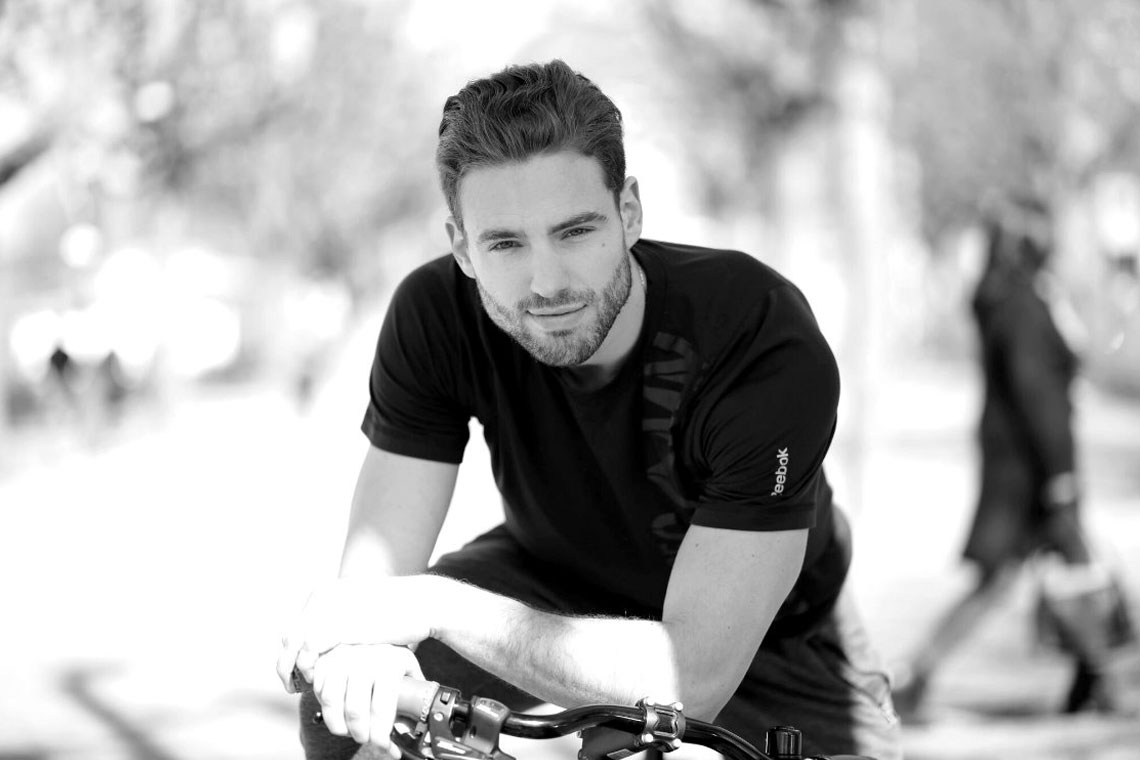An attractive nose complements the face and therefore has a strong impact on emotional well-being. If the nose is too prominent or too thick, too long or irregular, it can be disfiguring, resulting in symptoms of anxiety, distress and a lack of self-confidence. Aesthetic and functional nose procedures are very complex due to four different tissues with different healing times being involved. Therefore, nose correction should be executed by specialists with experience in the field of nose surgery.

METHODS
As with the previously discussed procedures, rhinoplasty is also performed using an open or closed approach. The closed technique works on cartilage and bone structures directly through the nostrils. Since the incisions are made in the nasal mucous membrane, the procedure leaves no visible scars.
Preservation Rhinoplasty a.k.a. Smart Rhinoplasty is the newest cutting edge nose job operation in cosmetic and plastic surgery; As one of the masters, Dr Rollin Daniel, from California said: it's a new Rhinoplasty Revolution. The key of this method is preservation of structures, minimal invasive and closed approach, which means less downtime with less side effects. We are proud to offer this knowledge to our patients in our clinic.
In patients with more complex symptoms, we will perform open rhinoplasty as this technique affords better overall visibility and more refined adjustments to the cartilage structures can therefore be achieved. The skin above the nose is lifted via an incision which is quite undetectable once the tissue heals.
ABOUT THE PROCEDURE
Prior to nose correction surgery, an additional functional examination of the organ is mandatory. Using our exclusive 3D simulator at Praxisklinik Urania, the patient is able to have a more visual and tactile simulation of how his/her face will look after the planned surgical correction.
Nose surgery is usually performed under general anaesthesia. Depending on the complexity of the procedure, this can be performed either on an out-patient or in-patient basis. After the operation, nasal tamponades (packing) must remain in place for the following forty-eight hours. Facial swelling and bruising disappears after a few days.
A final evaluation of the nose surgery can only be realistically performed six to twelf months after the surgery. This is due to the ongoing skin changes that continues over several months.
RISKS AND COMPLICATIONS
After nose correction surgery, the skin may be sensitive to touch. In addition, the adjacent skin areas could be duly affected. Furthermore, the patient may experience abnormal wound healing, secondary bleeding, and infections. Impairment of the sense of smell is a very rare complication.



